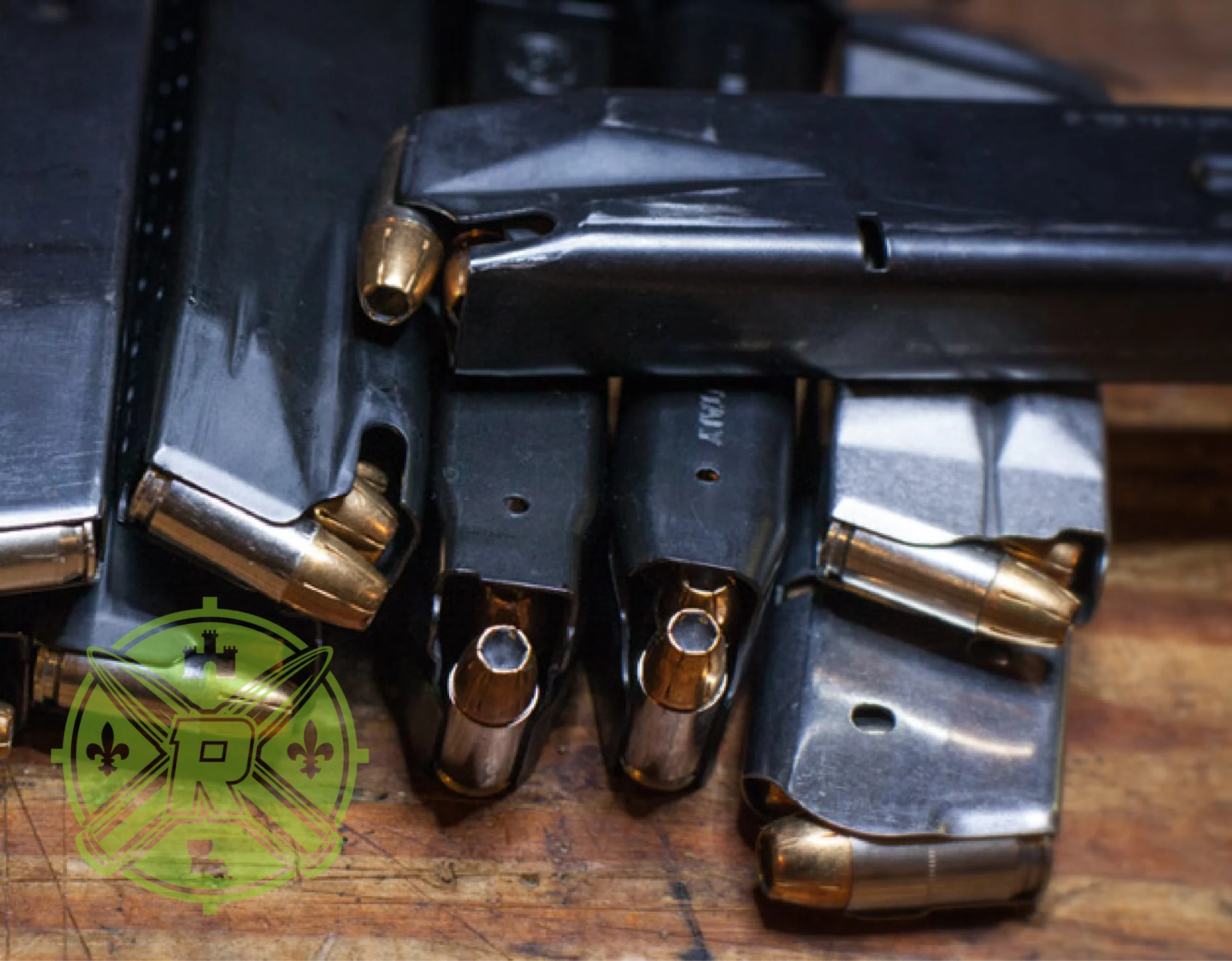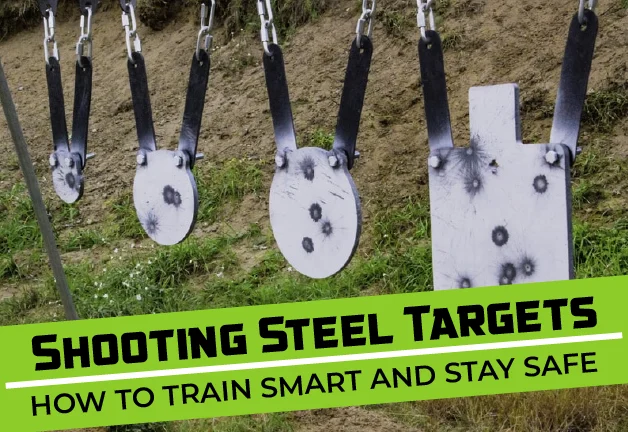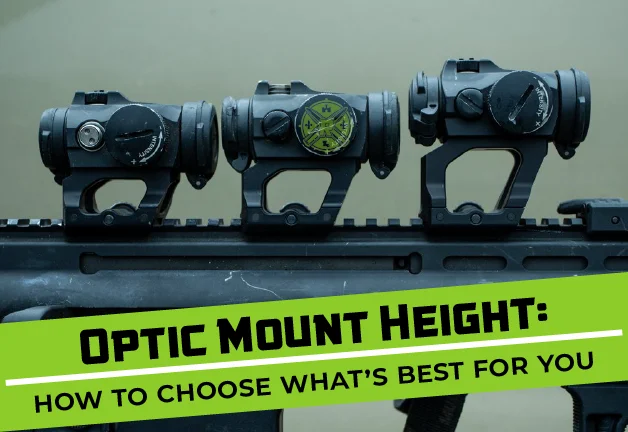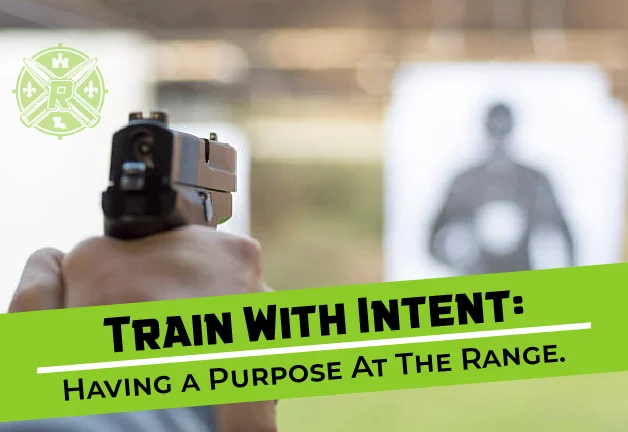Is Loading And Keeping Your Magazines Full a Good or Bad Idea?
When it comes to firearms, one of the most debated topics among gun owners is whether loading your magazines to full capacity is a good or bad idea. For some, it seems like the logical choice — after all, a loaded mag means more rounds available in case of an emergency. For others, concerns about magazine wear and reliability make them hesitant to load their magazines to capacity. In this article, we’ll explore the pros and cons of fully loading your gun magazines, and whether or not it’s a smart practice in the long run.
The Basics of Magazine Function
To understand whether fully loaded mags is a good idea, it’s important to first understand how magazines work. Magazines are devices designed to store ammunition and feed it into the firearm’s chamber. They come in various capacities, ranging from just a few rounds to upwards of 30 or more, depending on the firearm and the magazine’s design.
When you load a magazine, you compress the spring inside it. The spring is what pushes the rounds upwards into position to be fed into the firearm. Each time you insert a fully-loaded magazine into your firearm, you’re relying on that spring to perform under pressure.
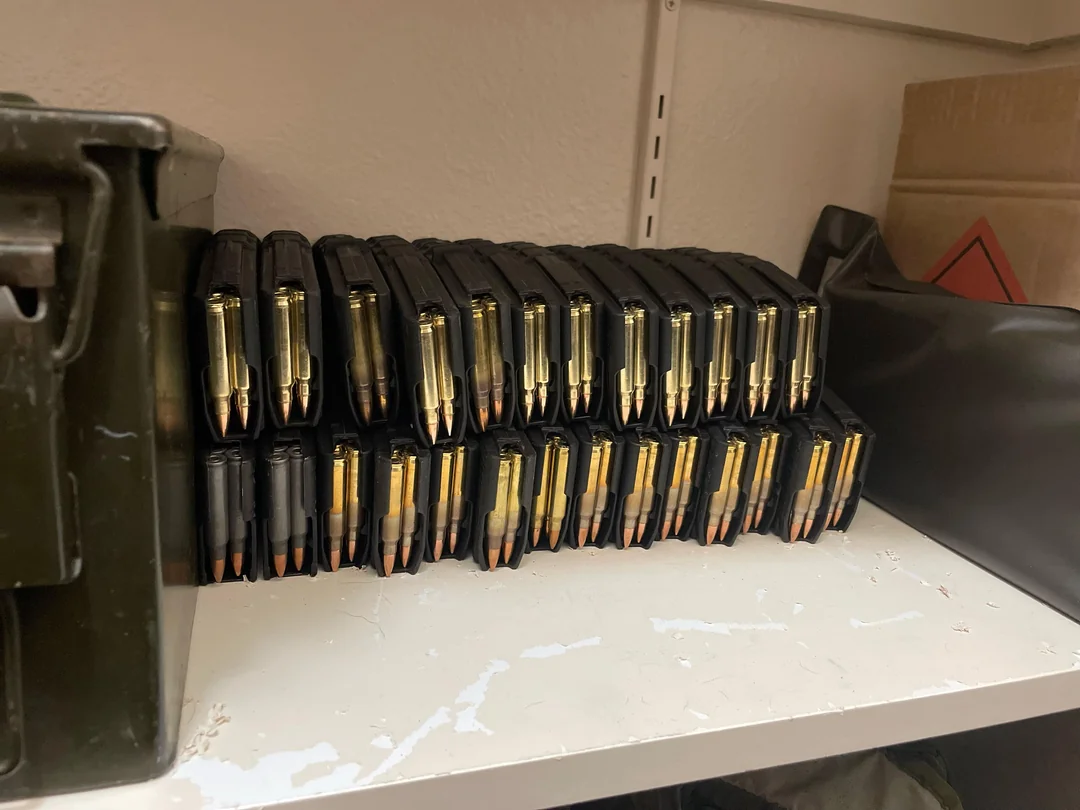
The Argument for Loading Magazines Full
- More Ammo on Hand
The most obvious advantage of fully loaded mags is that you have more rounds at your disposal. In self-defense situations, having a full magazine can be crucial. It maximizes your capacity, meaning you don’t have to reload as often. - Practice and Familiarity
Many gun owners load their magazines to full capacity as part of training. Having a fully-loaded magazine ensures you practice with the same setup you would use in a real-world scenario. This can help you become more familiar with your firearm, magazine handling, and reloading under pressure. - No Need to Top Off
By loading your magazine to its full capacity, you avoid the need to constantly top off your magazines. This can save time and effort, especially when you’re storing magazines or preparing for long trips to the range. - Manufacturers Design for Full Capacity
Modern magazines are designed to handle being fully loaded. Manufacturers test and design their magazines to be reliable and durable even when they are at full capacity, so you don’t need to worry excessively about overloading them.
The Argument Against Loading Magazines Full
- Potential for Spring Wear
One of the most commonly cited concerns about loading magazines to full capacity is the idea that it can wear out the magazine’s spring over time. When a spring is compressed for extended periods, it can lose its ability to function properly, leading to feeding issues or even malfunction. However, the truth is a bit more nuanced.
- Quality of Springs: High-quality springs (like those used in most modern firearm magazines) are designed to handle long periods of compression without damage. However, if you repeatedly load and unload a magazine without using it, or leave it loaded for years without any use, the spring could weaken. This is why it’s often recommended to rotate magazines and not leave them fully loaded for too long.
- The Risk of Over-Compression
If a magazine’s spring is compressed too tightly for an extended period, it can affect its ability to feed ammunition smoothly. This can result in jams or misfeeds during use. However, for most people who use their magazines regularly, this risk is relatively low, as the spring doesn’t typically stay compressed for long periods in day-to-day use. - Compression and Feeding Issues
Some users have reported that fully-loaded magazines sometimes suffer from feeding problems, especially in magazines that are prone to misfeeds, or with lower-quality magazines. If a magazine is not properly seated or is poorly constructed, it may not feed as reliably when fully loaded, resulting in jams. - The Myth of Full Capacity Follower Pressure
A common myth is that the full magazine puts too much pressure on the follower, causing it to malfunction. In truth, the follower (the part that pushes the rounds up) is usually designed to handle the pressure of a full magazine. While very old or poorly made magazines might be susceptible to issues, modern magazines should function just fine when loaded to their maximum capacity.
Best Practices for Magazine Maintenance
If you’re concerned about the potential downsides of fully loading your magazines, here are some best practices to ensure they stay in good condition:
- Rotate Your Magazines
To avoid wear on the spring, it’s a good idea to rotate your magazines occasionally. Load them to full capacity, use them, and then rotate them with other magazines to avoid keeping any magazine fully loaded for extended periods. If you only have a few magazines, consider unloading and reloading them periodically. - Use High-Quality Magazines
Magazines from reputable manufacturers are generally designed with better materials and tighter tolerances, which means they’ll last longer and function more reliably when loaded to full capacity. Investing in good quality magazines can reduce the risk of malfunctions. - Don’t Let Magazines Sit Loaded for Years
If you don’t use your magazines frequently, it’s a good idea to unload them after a few months and store them separately. Springs can lose their tension over time, so letting them sit loaded for long periods isn’t ideal. If you’re storing magazines for long-term use, cycling through them periodically can help. - Practice with Full and Partial Loads
To ensure your firearm works as it should, try practicing with magazines that are both fully loaded and partially loaded. This allows you to test whether your gun has any feeding issues with either configuration and helps you get comfortable with various magazine capacities.
Overall Assessment:
So, is it a good or bad idea to load your gun magazines to full capacity? The answer largely depends on your individual use case, the quality of your magazines, and how frequently you practice. For most users, fully loading your magazines is perfectly fine and does not pose a significant risk to the spring or the functionality of the magazine. However, for those who do not regularly use their magazines or are concerned about long-term wear, rotating your magazines and avoiding leaving them fully loaded for long periods can be a good preventive measure.
Ultimately, the decision comes down to understanding your firearm, maintaining your magazines properly, and ensuring they are in good working condition for when you need them most.
When deciding whether to keep your gun magazines loaded, it’s important to consider several factors related to firearm maintenance, safety, and reliability. Here’s a breakdown of the pros and cons:
Pros of Keeping Magazines Loaded:
Readiness: Keeping magazines loaded means your firearm is ready to use in an emergency situation, which could be crucial if you’re relying on it for self-defense or other high-stakes situations. In a crisis, you won’t have to worry about loading the magazine.
Spring Fatigue Myths: Modern magazine springs are designed to withstand long periods of compression without losing strength or reliability. It is generally accepted that leaving magazines loaded does not significantly affect the lifespan of the spring, especially with quality magazines.
Training Efficiency: If you consistently keep your magazines loaded, you become familiar with the weight, feel, and handling of your firearm in its operational state. This can improve your overall readiness and comfort with your gear.
Cons of Keeping Magazines Loaded:
Spring Wear (Potential): While modern magazine springs are designed to endure being loaded, leaving them compressed for very long periods could, in theory, lead to wear or deformation over time. However, this generally takes months or years, depending on the magazine’s design and material. It’s important to periodically check your mags for any signs of wear, but this is not a major concern for most people.
Safety Concerns: If a loaded magazine is stored improperly (e.g., exposed to extreme temperatures or physical stress), it could cause issues like misfeeds or feeding failures when you need the gun to function properly.
Overloading (with Substandard Mags): Some cheaper or poorly designed magazines might experience issues with feeding, especially when they’re fully loaded for extended periods. This could lead to feeding problems if you need the magazine in an emergency.
Best Practices for Storing Loaded Magazines:
Check Periodically: If you keep your magazines loaded, periodically unload them, inspect the springs for wear, and re-load them. This helps ensure they remain reliable and function as expected.
Use Quality Magazines: High-quality, durable magazines from reputable manufacturers are generally better for long-term storage, as they are less likely to fail or experience issues.
Store Properly: Keep your magazines in a cool, dry place to avoid exposure to extreme temperatures, which could degrade the spring or cause other problems.
Conclusion:
It is generally okay to keep your magazines loaded if you’re using quality gear and are mindful of maintenance. The decision largely comes down to personal preference, intended use, and how much confidence you have in your gear. However, you should periodically inspect and maintain your magazines to ensure they continue to function reliably.
To get ahead of your magazine storage visit our catalog of magazines here: https://rougarouxfirearms.com/product-category/magazines/

